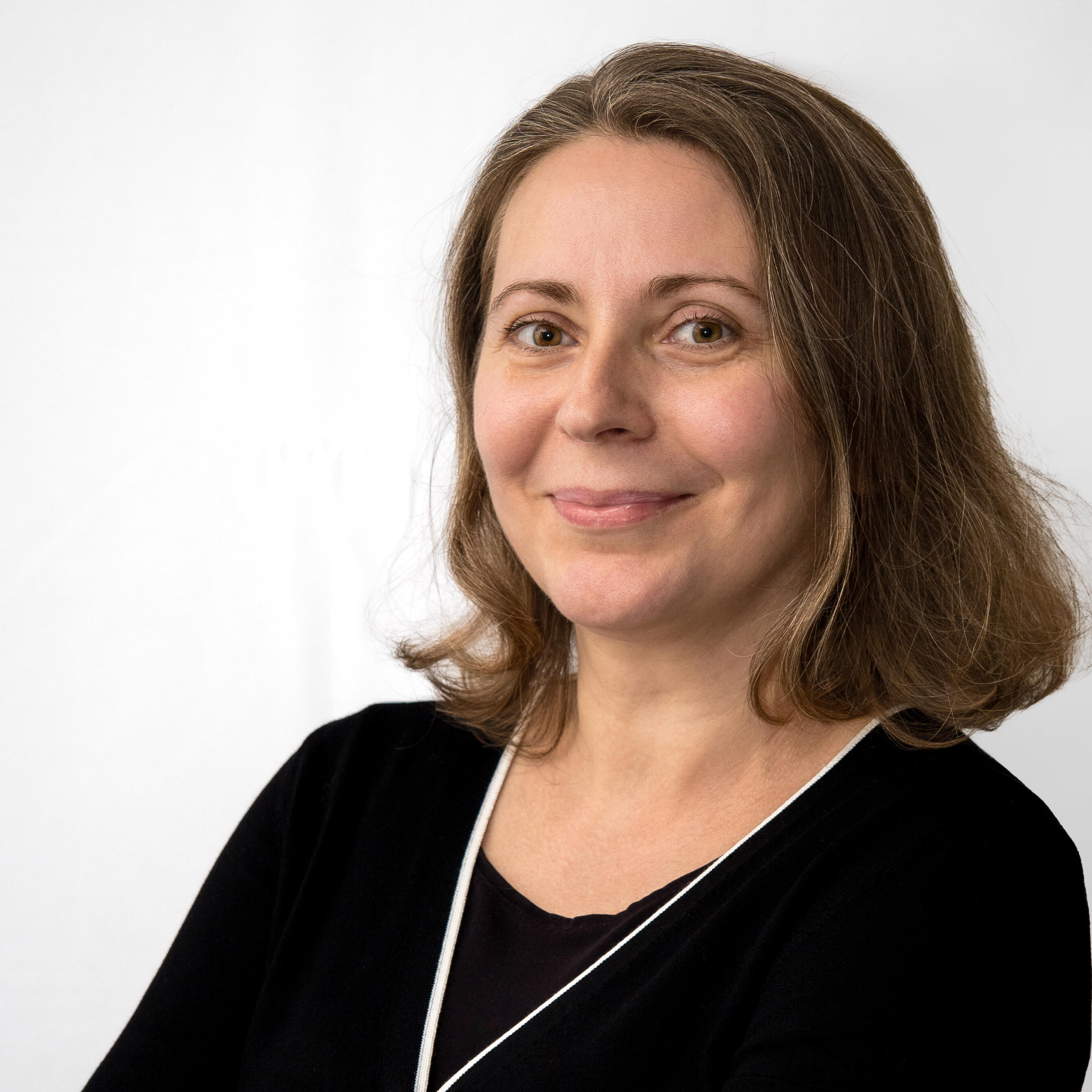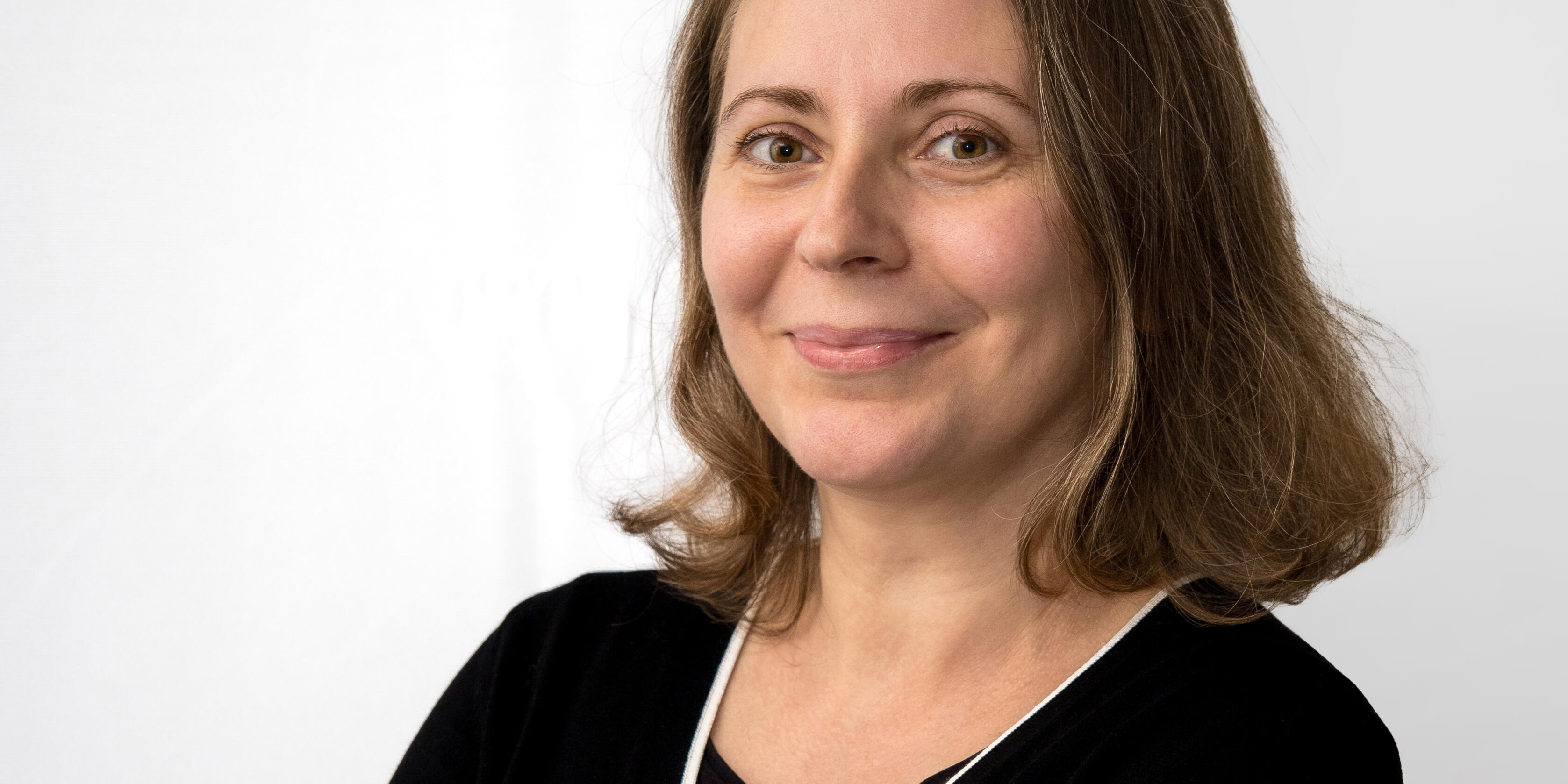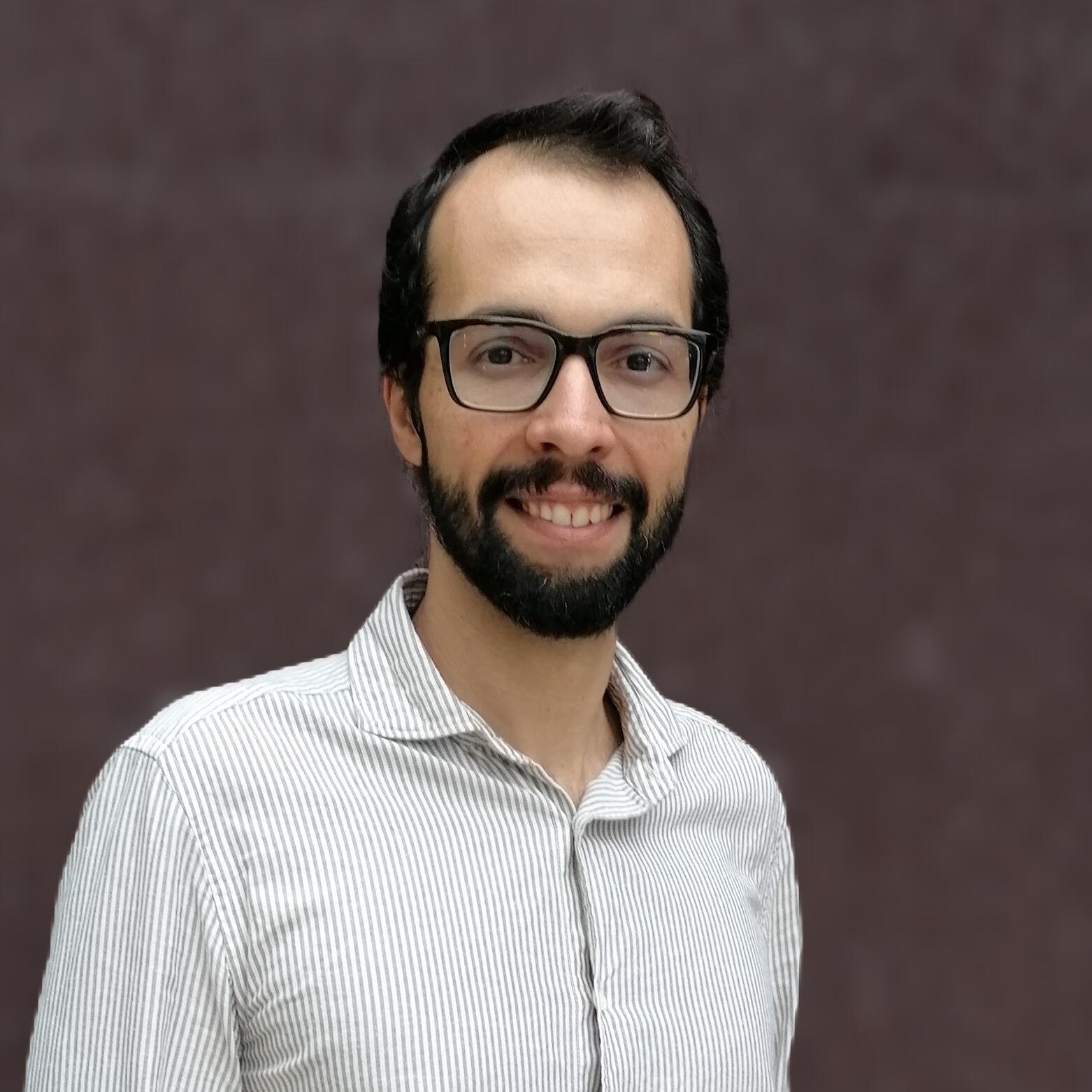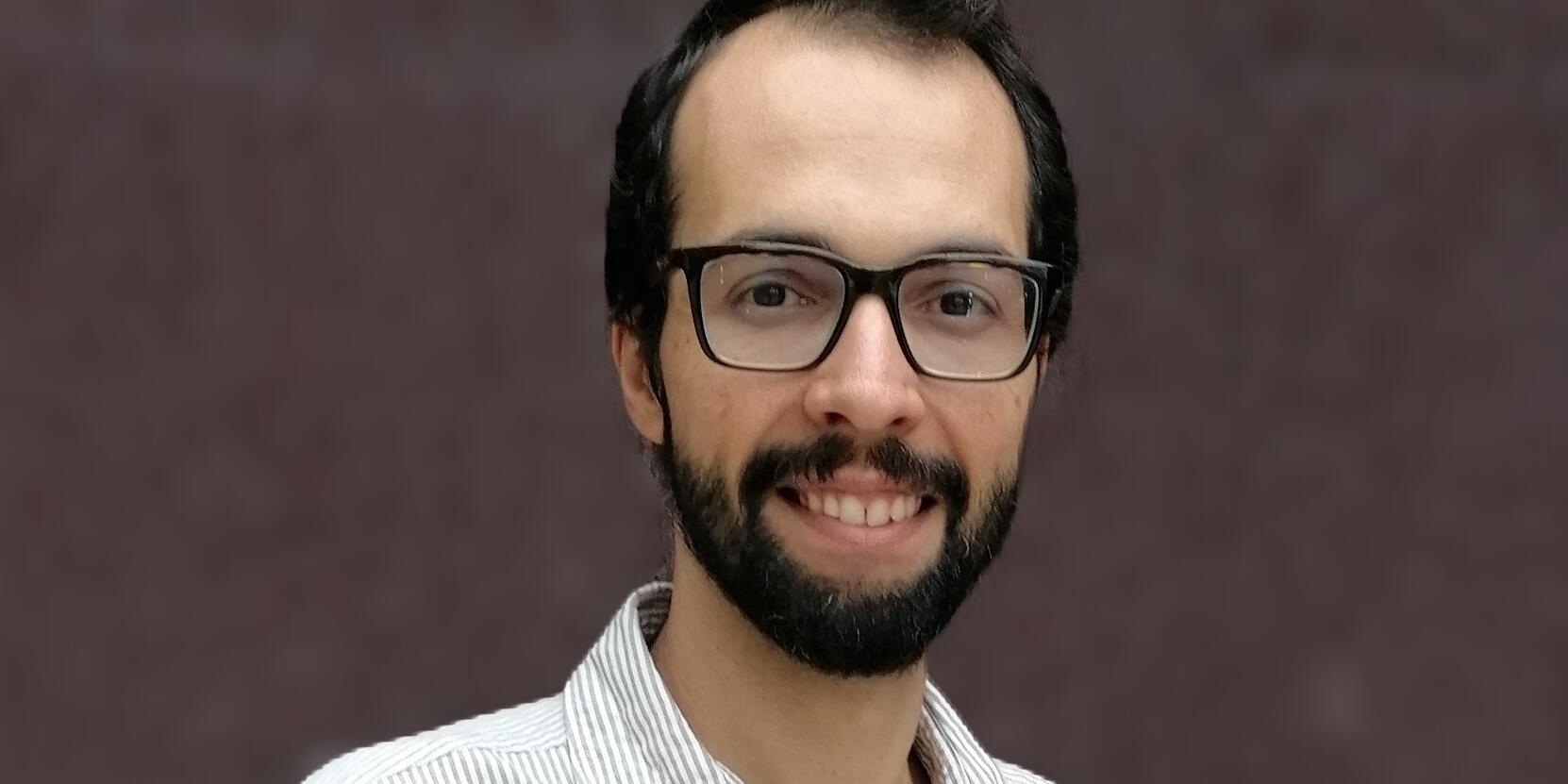Research snippets


How does the yolk get into the egg? Studies on the fruit fly


Inflammation in the brain: My research on the fruit fly


Rui Benedito becomes Director at the MPI for Molecular Biomedicine


Membrane tension regulates cellular repair


Specialized vasculature: Hidden architects of long bone remodeling
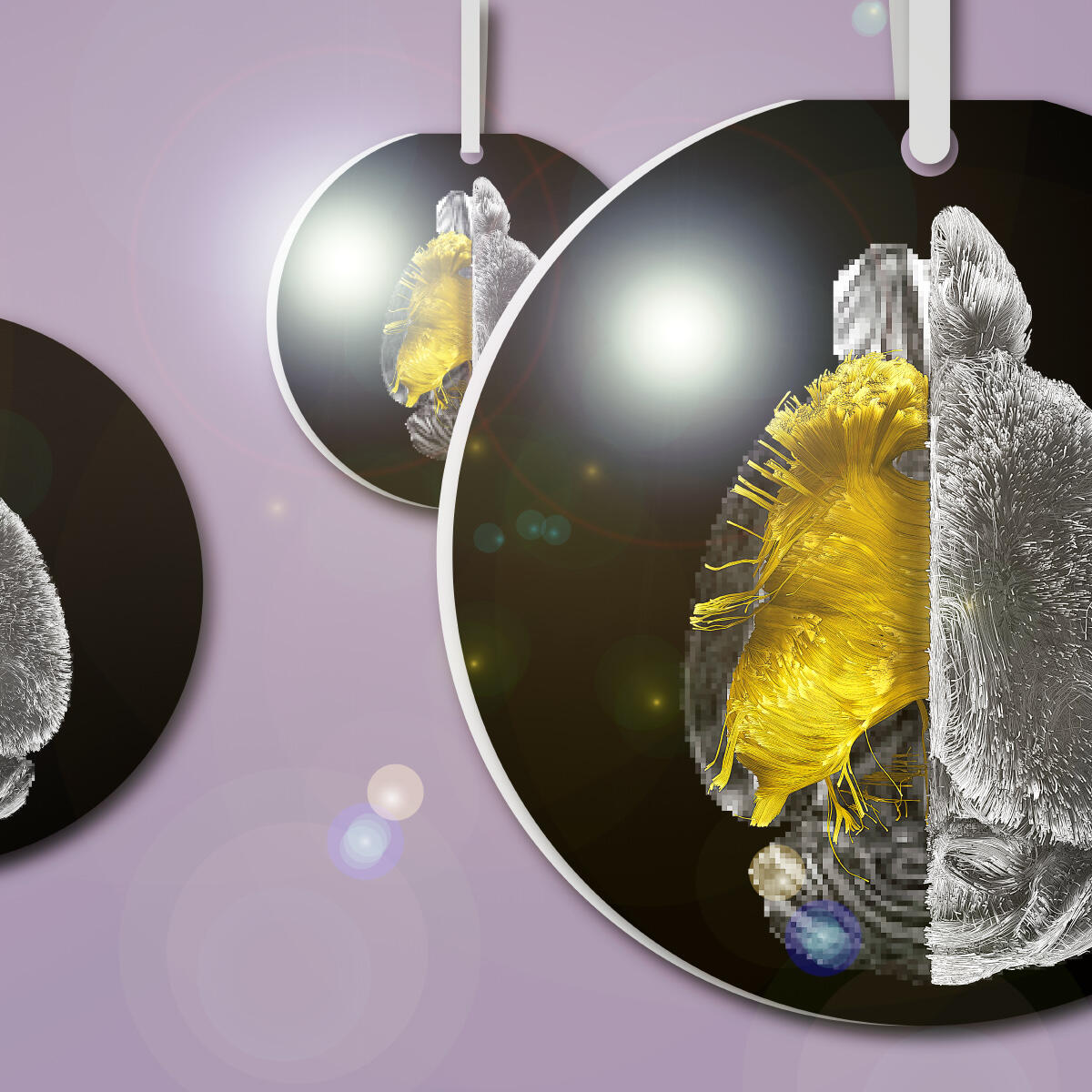
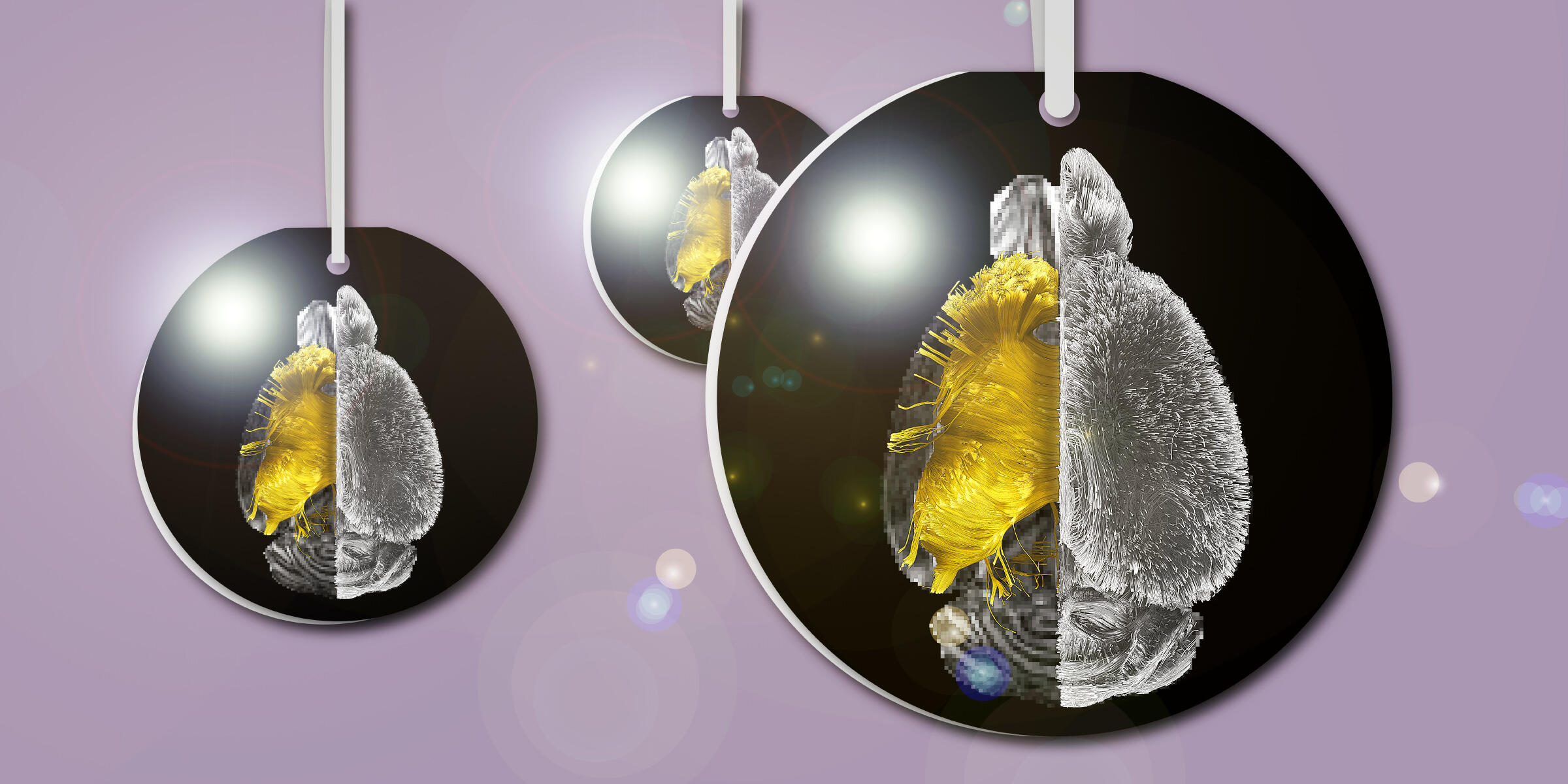
Science on the Christmas tree


“Consolidator Grant” for Seraphine Wegner


Lifelong vascular growth drives the increase of blood cell production in the skull bone marrow


New imaging method for the analysis of head and neck tumours


New MRI scanner arrives at the Multiscale Imaging Centre
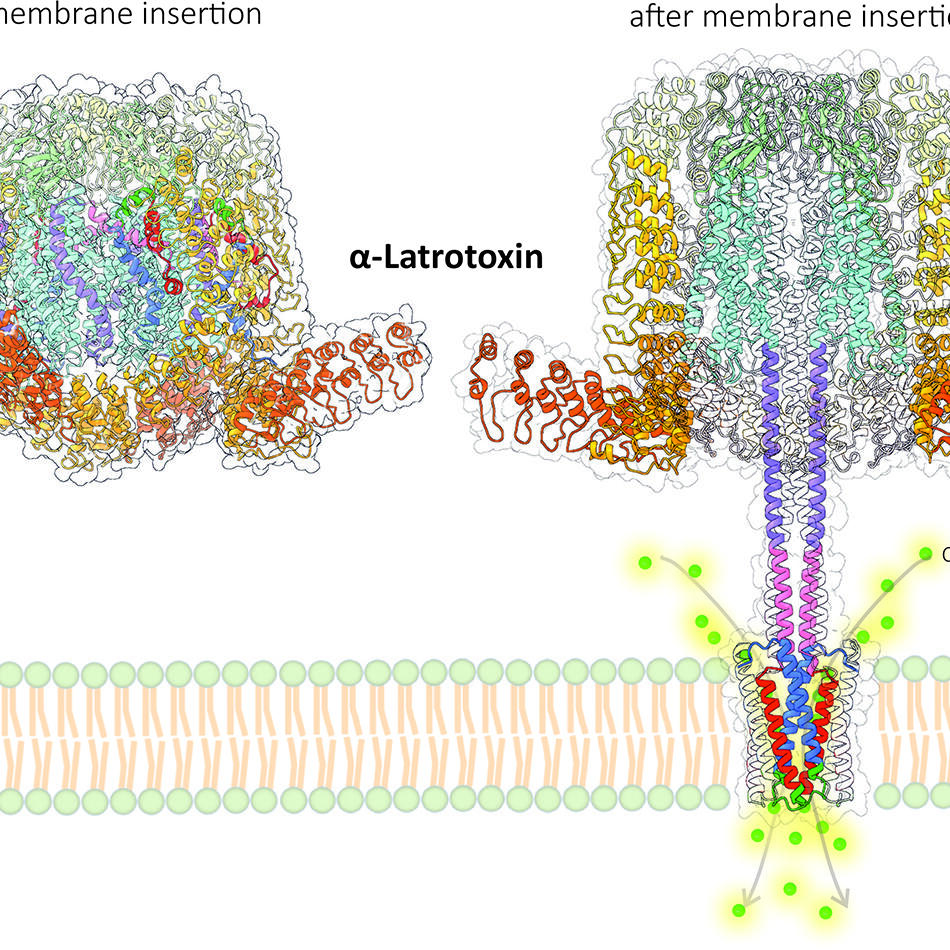
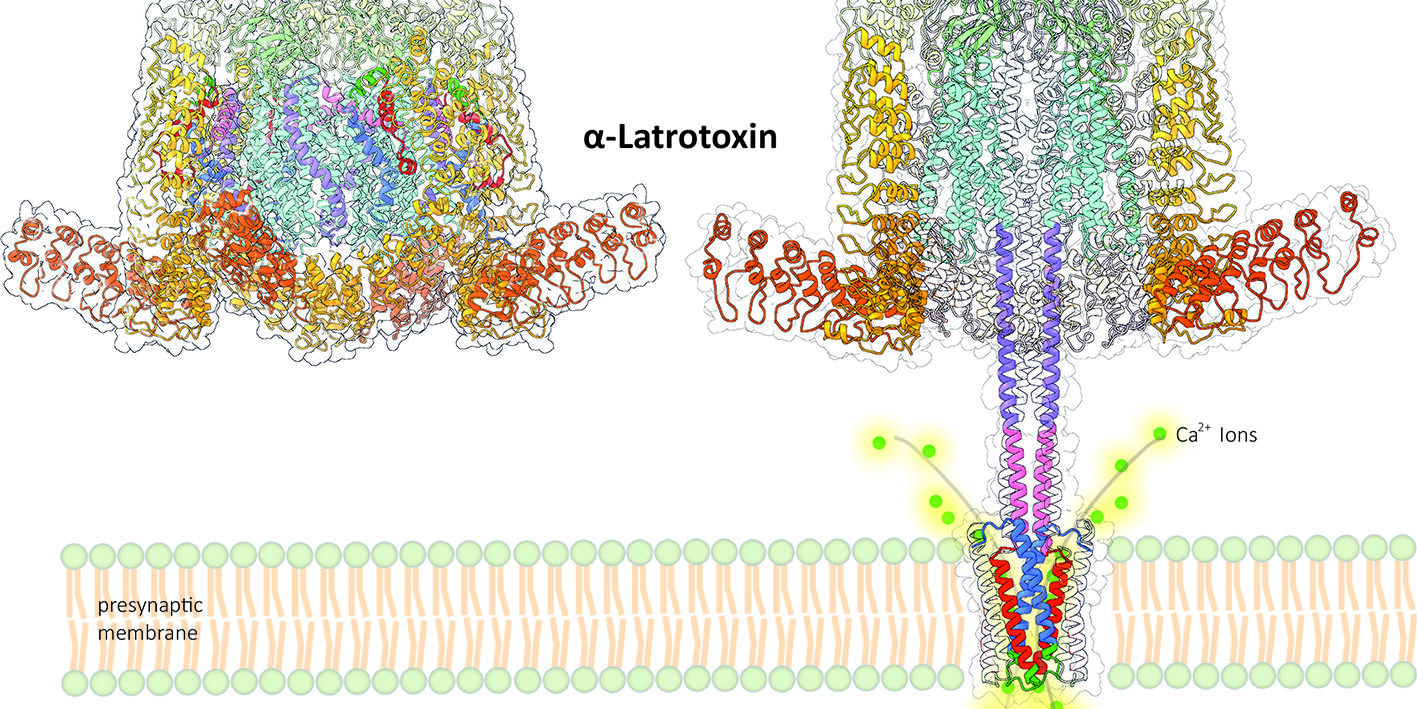
Scientists decode black widow spider venom
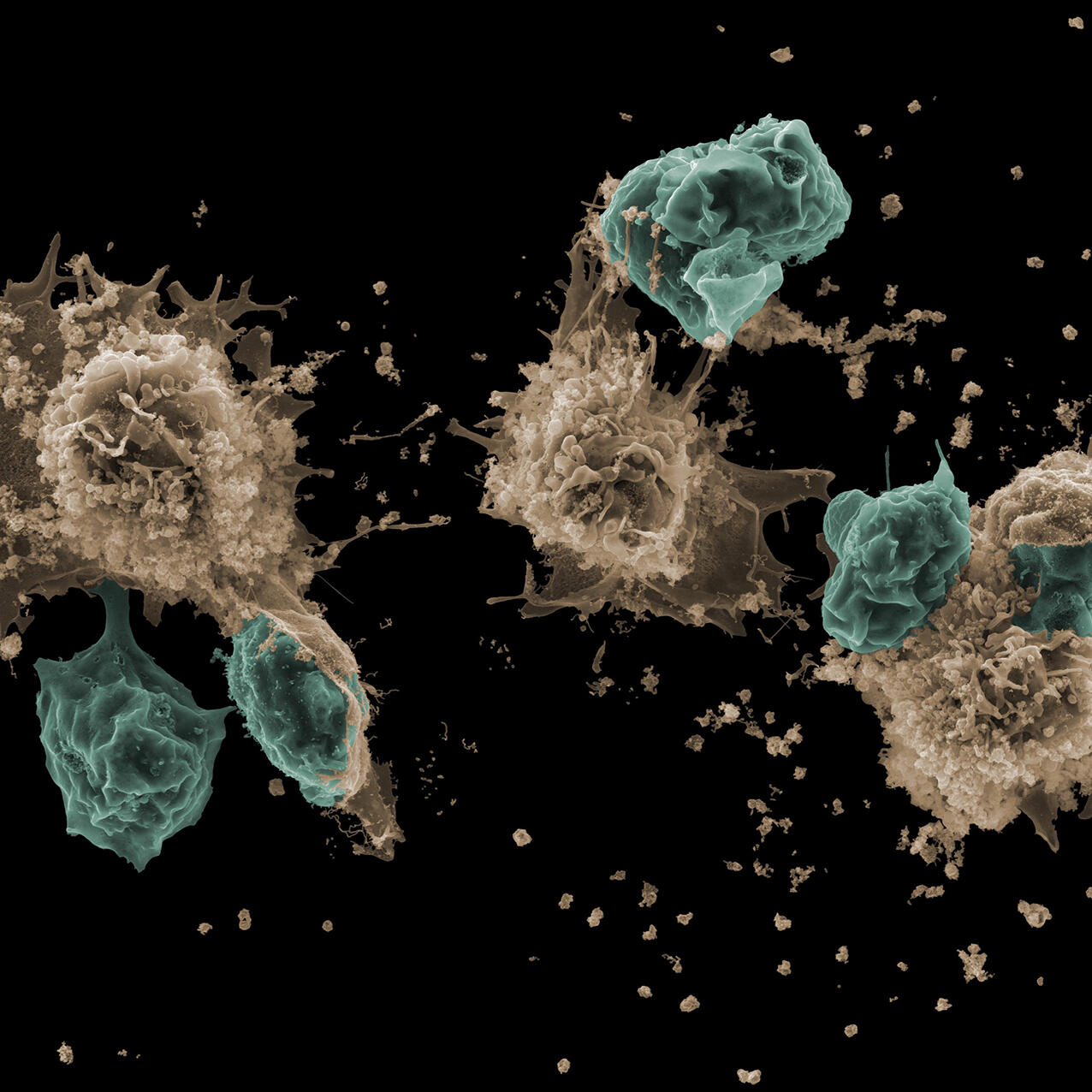
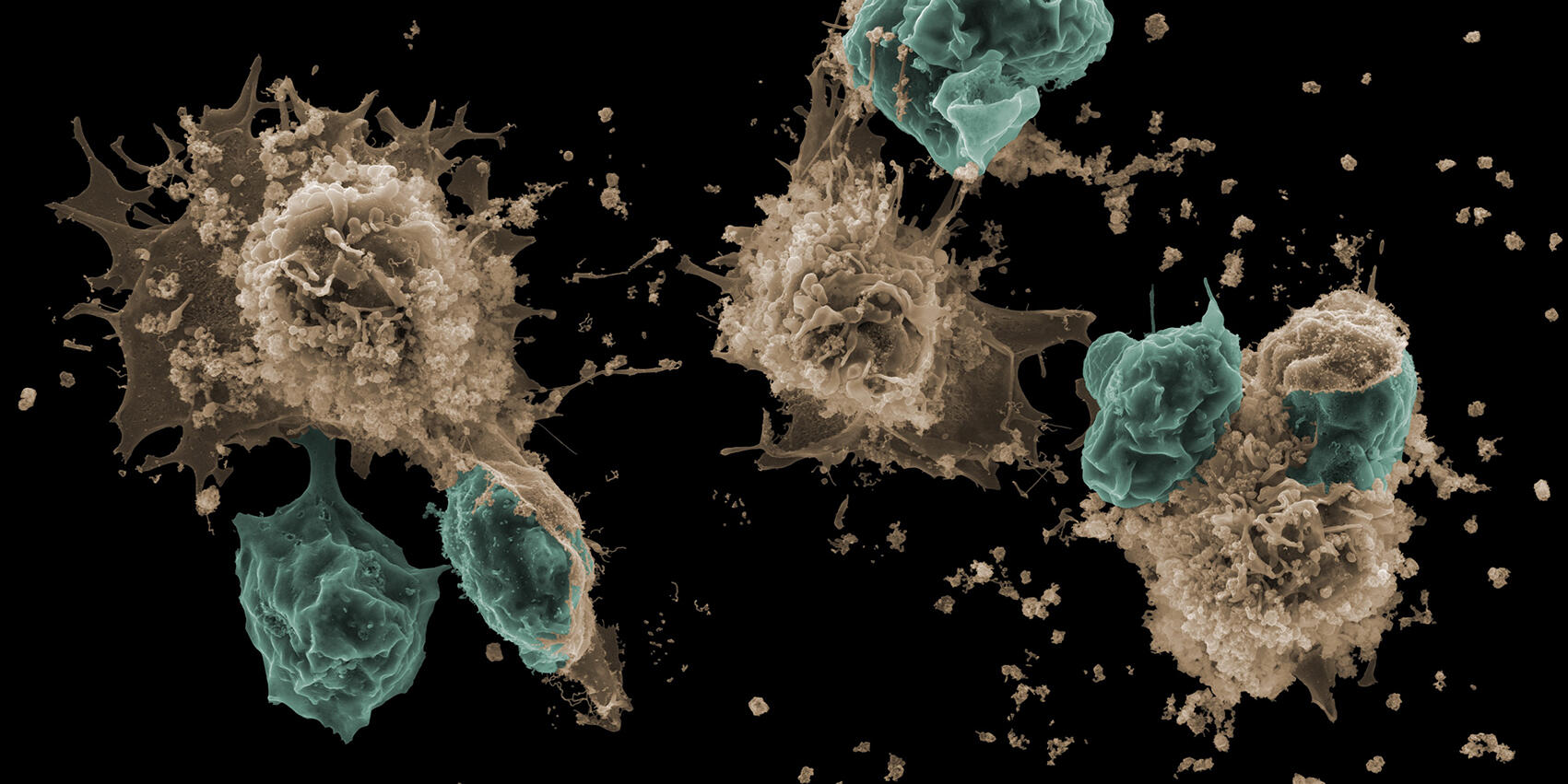
Study sheds new light on how our immune system works
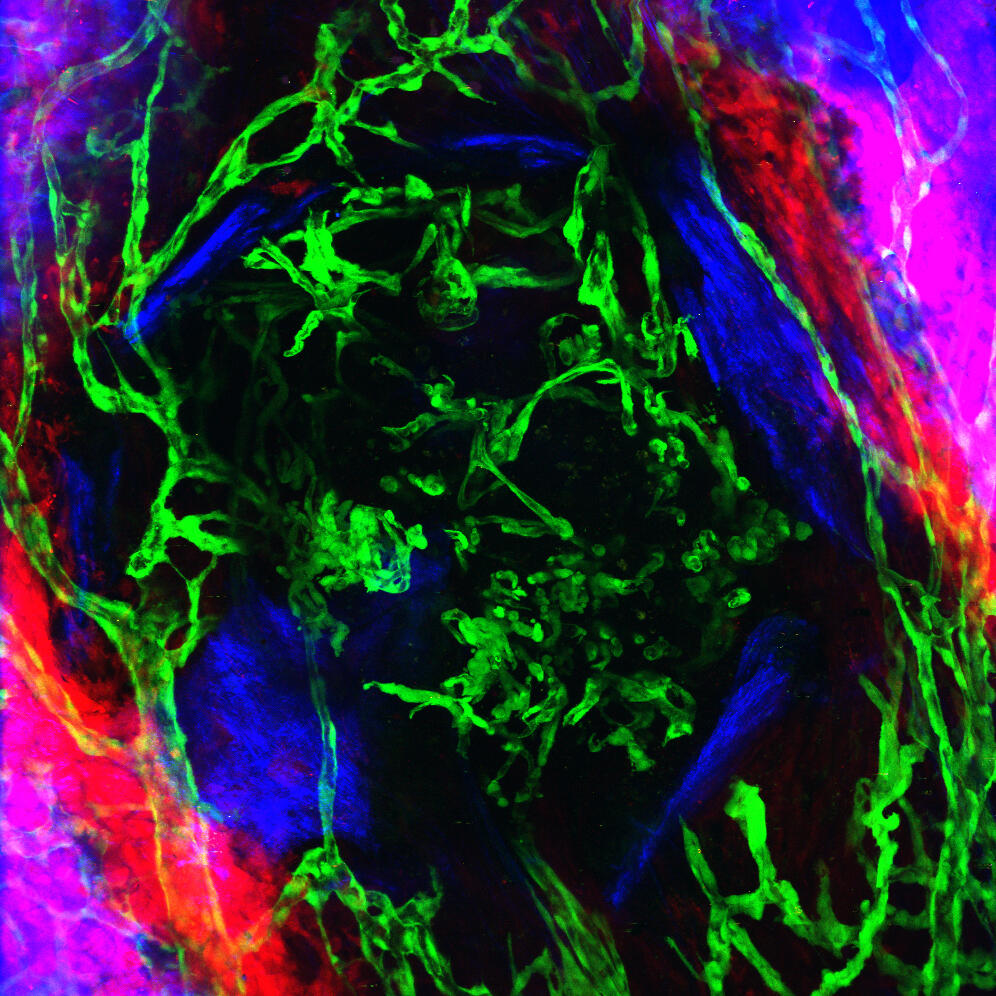
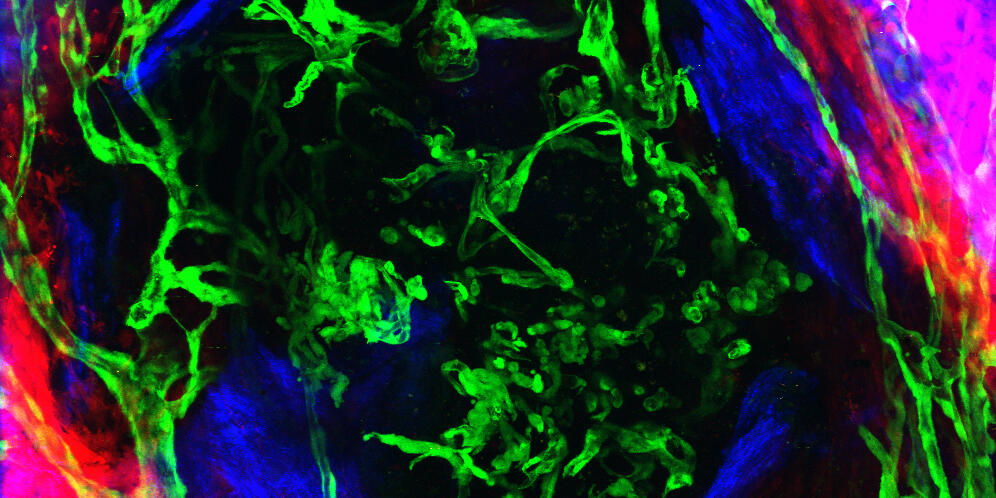
New long-term microscopy method shows distinctive feature of bone healing in the skull
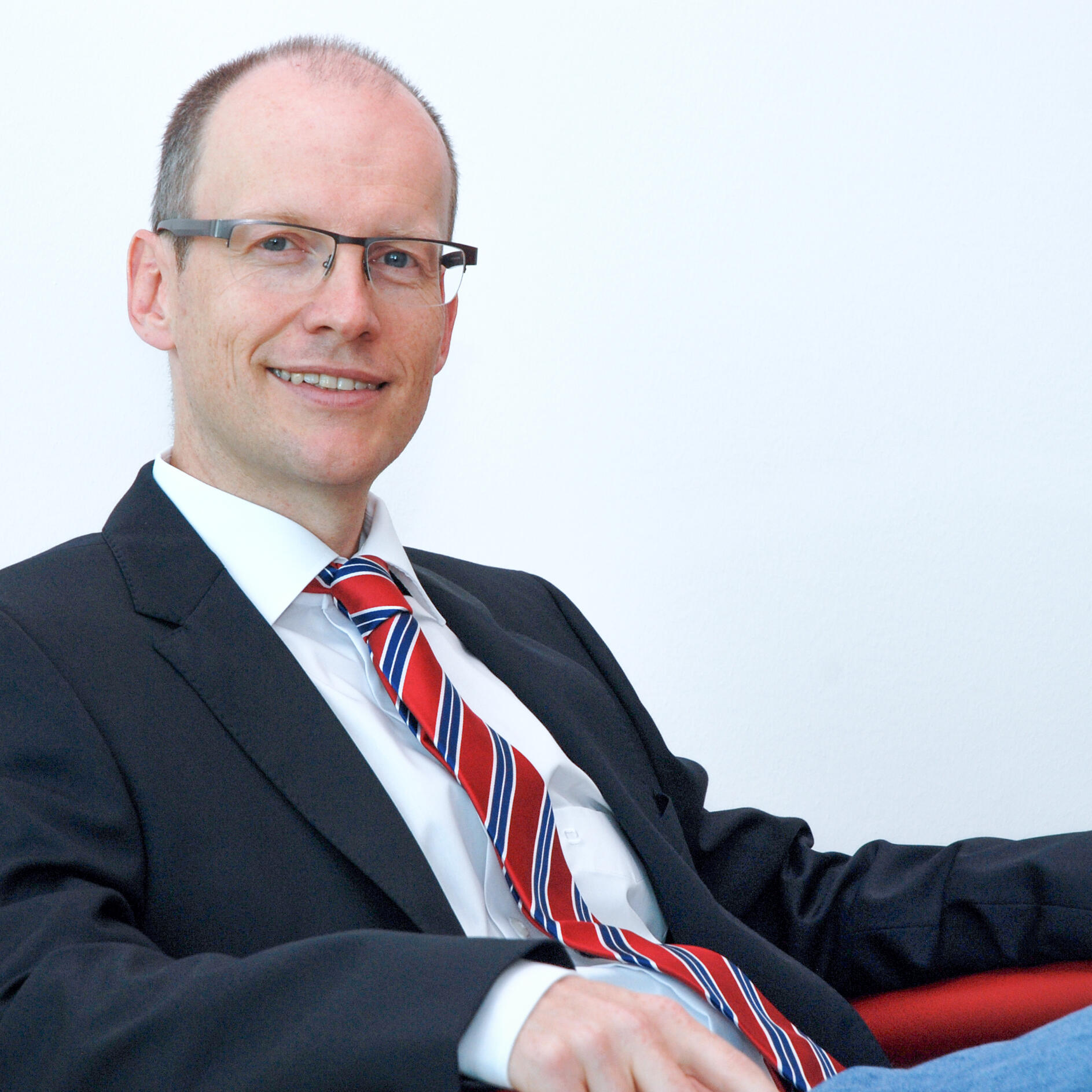
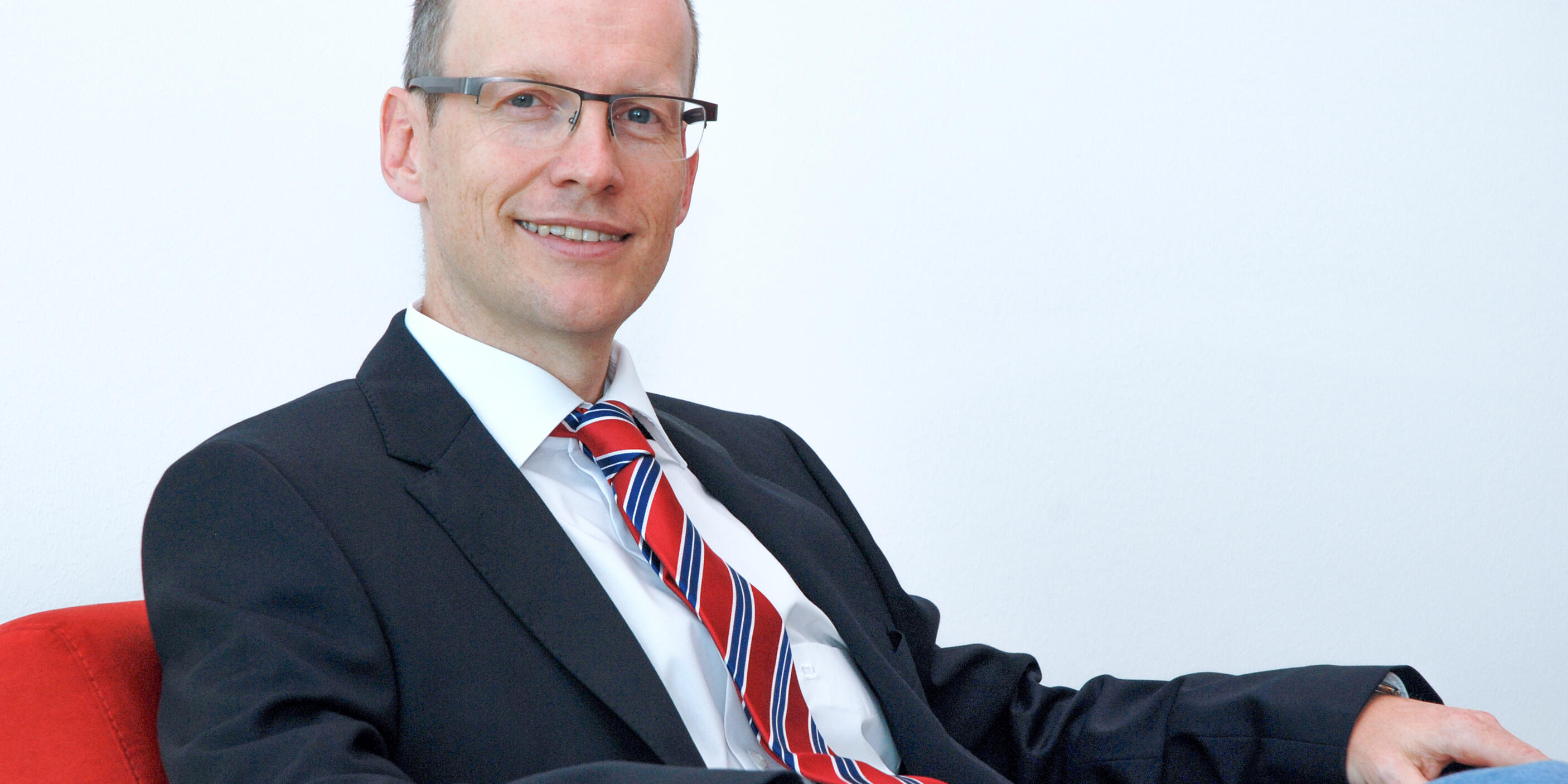
Research into the role of blood vessels in bone loss: Ralf Adams receives an ERC Advanced Grant
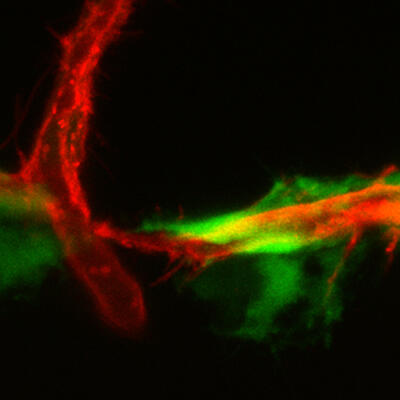

Insights into how genetic engineering is used in research


Science on the Christmas tree


Microscopes: Looking deep into hidden worlds


Peroxisomal processes: a close-up of biological nanomachines


Podcast marking the World Sepsis Day: Jan Rossaint on systemic inflammation


Secretomics uncovers blood-brain barrier mystery


From the cell to the patient: new MIC research building starts its work
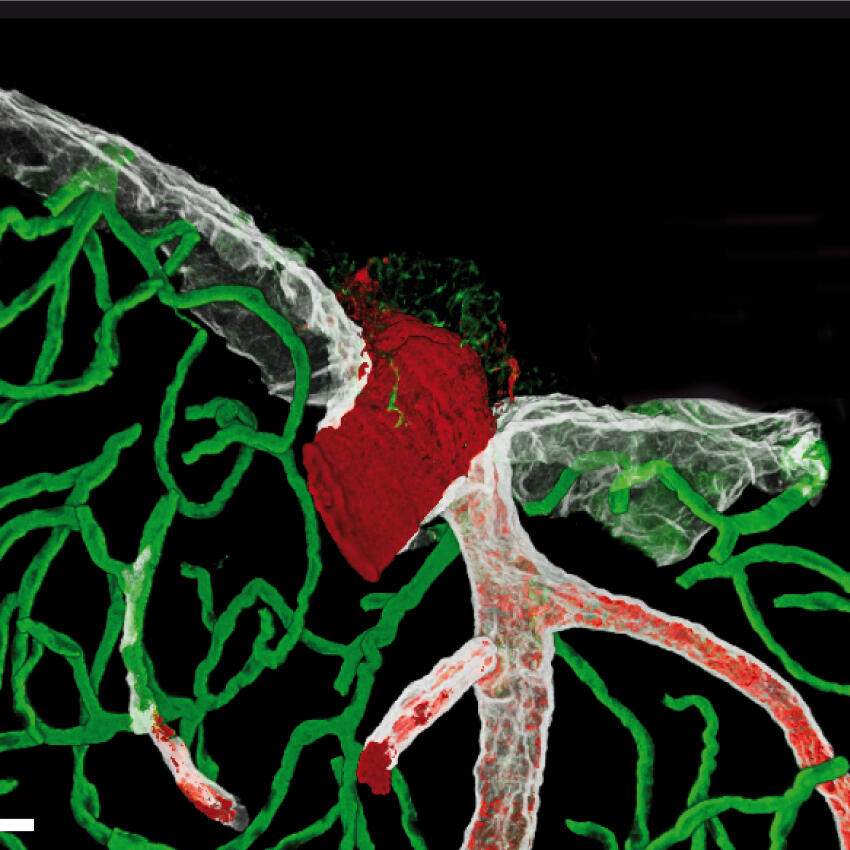

New international project on stroke research


Research team shows how a cell’s form can be reversed
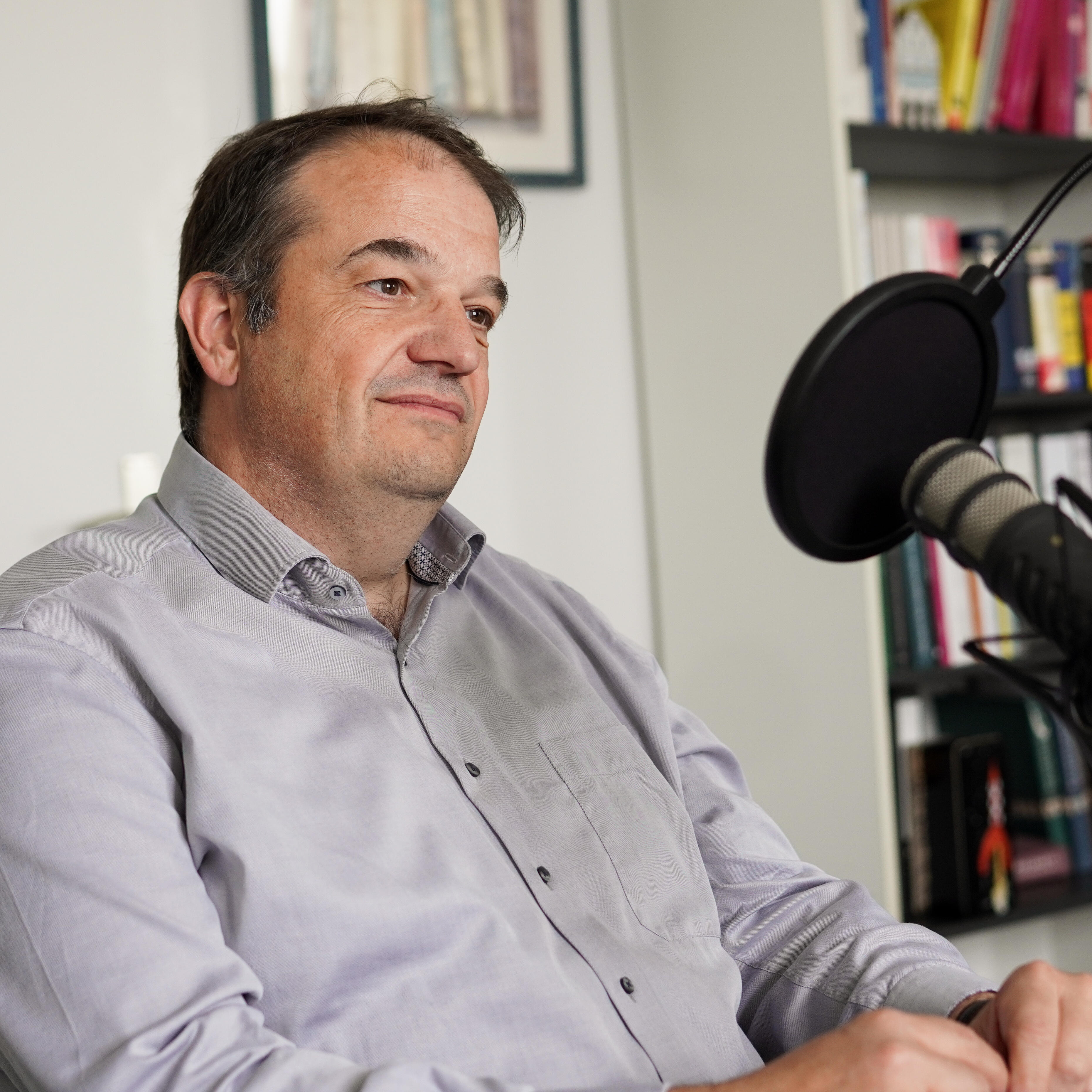

Podcast: Michael Schäfers on interdisciplinary collaboration in science


Mechanical forces in the nervous system play a corrective role


“A lot of work was invested before I was able to control these reactions”


Science on the Christmas tree


National network strengthens research data infrastructure for microscopy


Video: Benjamin Risse on computer science between the sciences


Faculty of Medicine receives funding for research-active physicians


Biochemists use new tool to control mRNA by means of light


7.5 million euros for cryo-electron microscopy
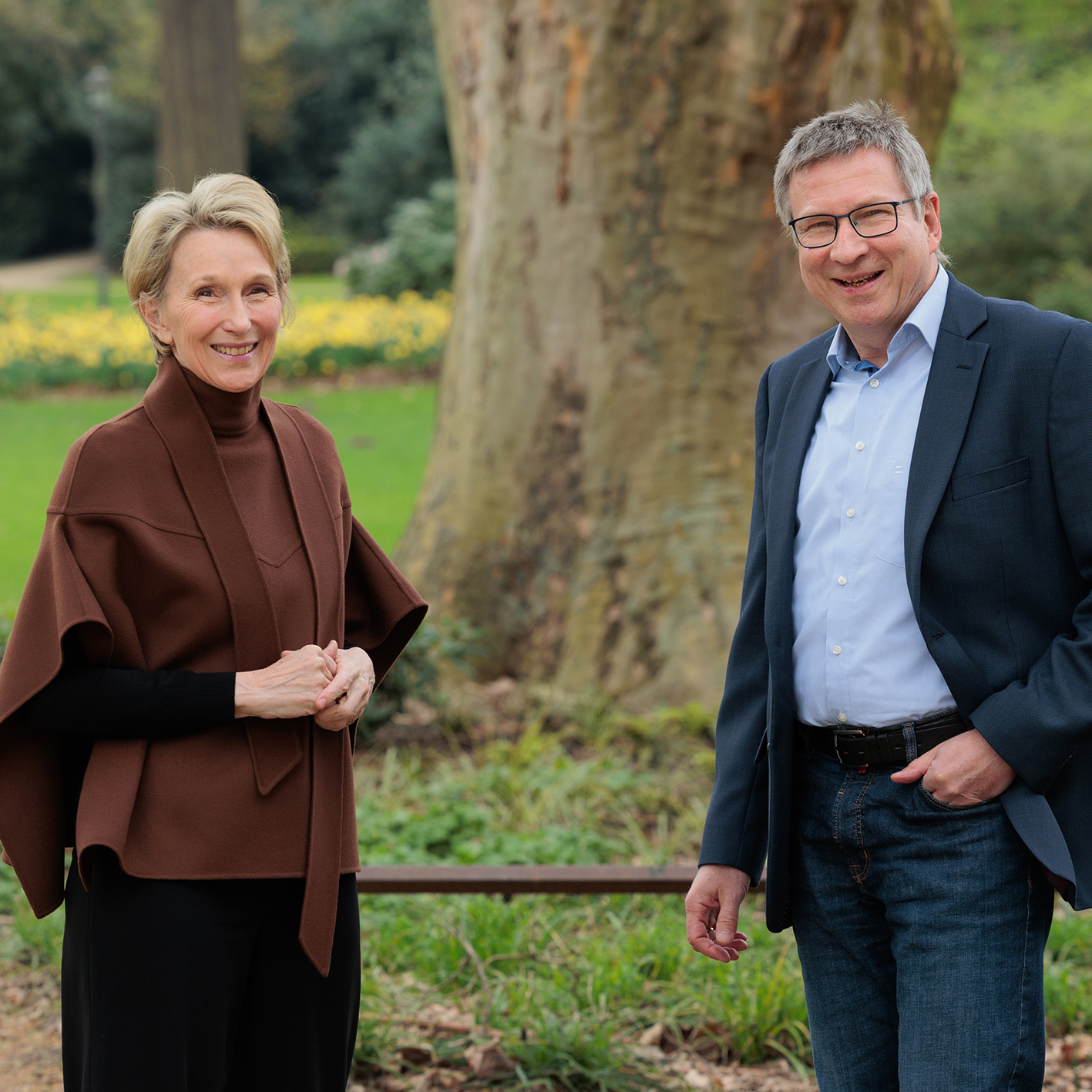

“ERC Advanced Grants” for Lydia Sorokin and Christian Weinheimer

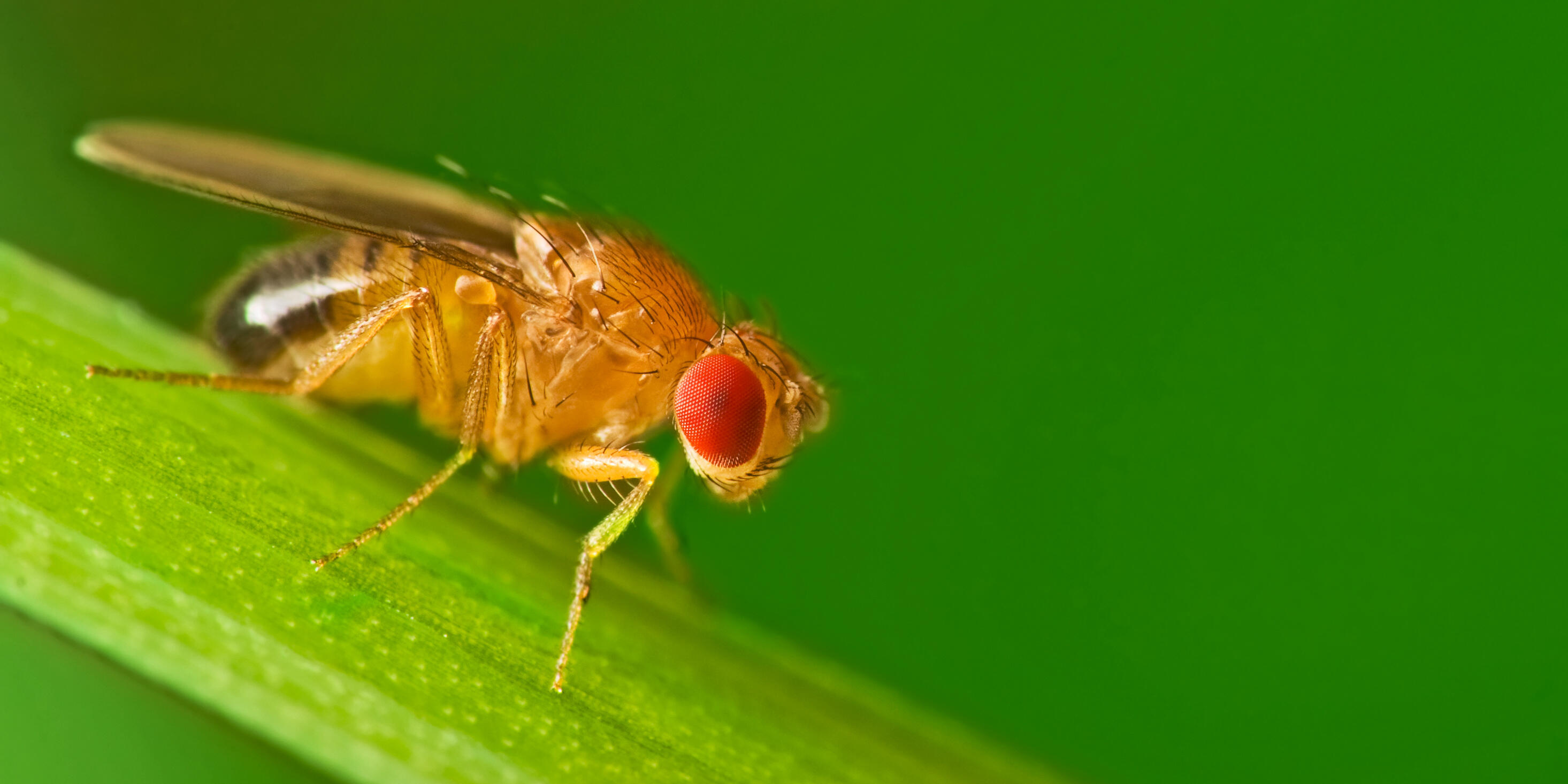
Fruit flies adapt their activity to “white nights”
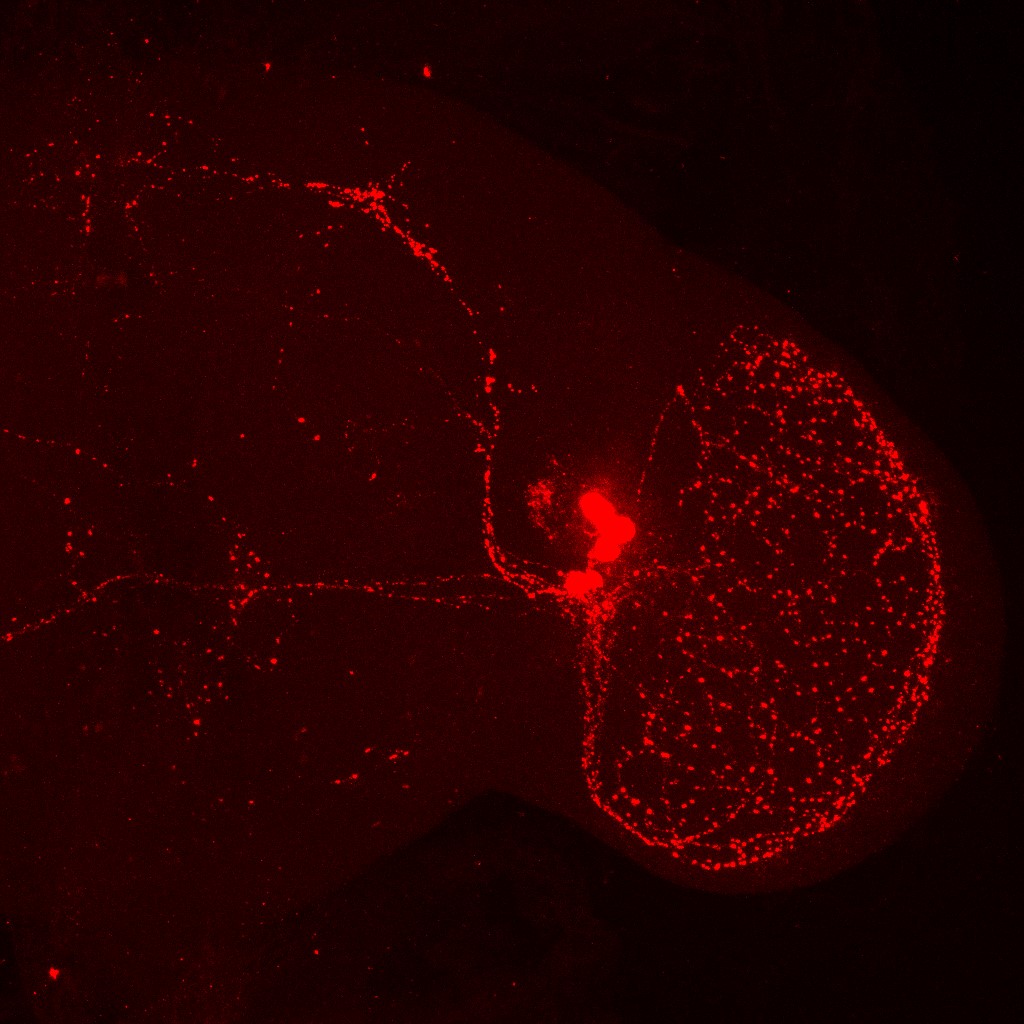

New findings on the internal clock of the fruit fly


Biochemist Andrea Rentmeister receives “ERC Proof of Concept Grant”


First 3D structure of regulator protein revealed


Science on the Christmas tree


Millions in funding for Collaborative Research Centre on dynamic cellular interfaces


Sufficient energy supply decisive for nerve development


Researchers detect a diffusion barrier inside fly brain


“Feeling” the living cell’s life cycle using optical tweezers


B cells of the immune system discovered in the meninges
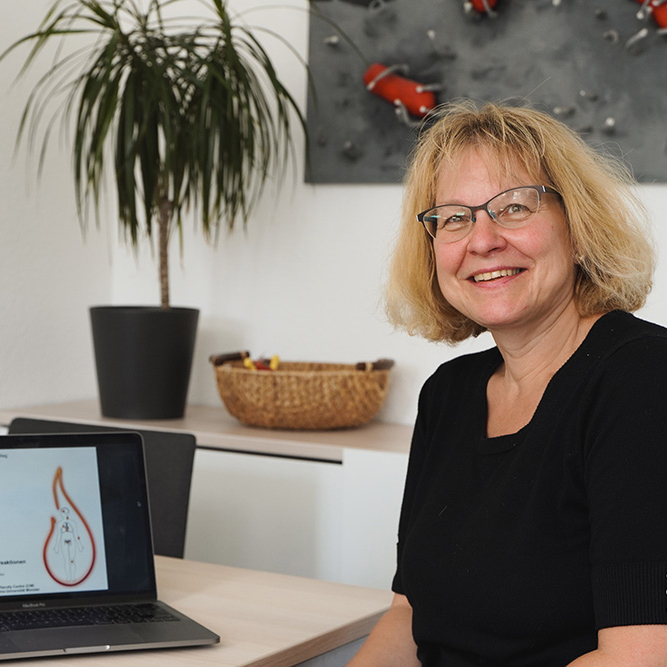

Funding for a Medical Scientists Programme at Münster University


Newly developed, bioinspired cell delivery vehicles


First synthetic tissue model in which blood vessels can grow


How platelets help resolve lung inflammation


Junctions between three cells serve as gateways for the transport of substances


Interview and talk: mathematics and medical imaging


New microscopy analysis allows discovery of central adhesion complex


Funding for “Topical Programs”


Patterns in primordial germ cell migration


Light-carrying chips advance machine learning


Switching DNA functions on and off by means of light


New mechanism of force transduction in muscle cells discovered


Activation of inflammatory cells


Science on the Christmas tree


New Collaborative Research Centre: insight into inflammation through “multiscale imaging”


New funding period for Transregio Collaborative Research Centre on multiple sclerosis


Decoded: the structure of the barrier between three cells


Tailored light inspired by nature


Researchers identify “hot spots” for developing lymphatic vessels


Listening to the molecules in the body


Iron particles for MR imaging


Targeting systemic inflammation


Immune cells in the spotlight


Cell communication in the “fear network”


A trigger for motion persistence


Moving cells – dynamic research


New building blocks for drug discovery


How cells generate forces


Looking at the mechanisms of translation


Signals that guide cells through the body


Research on the plasma membrane


My research about the coronary vasculature


New insights into pruning


Restricting overwhelming immune reactions


How scientists analyse cell membranes


Migrating cells and their environment


How do neuronal processes degenerate?


Observing inflammatory cells in the body


Labelling and detecting RNA modifications


Researchers make a fly’s heartbeat visible


Transmitting stimuli in nerve cells


Regeneration starts with a wound


Dynamic cell contacts


The fate of primordial germ cells


How do cells form blebs for their motility?


Fish in research


Research on the circadian clock


One Million Euro in funding for research


Making digital 3D images of tissue


Mechanisms of artery formation


How does the nervous system develop?


Genetic defect causes vessel malformations


The long road to new knowledge


Emergence of nuclear architecture


Where do stem cells leave marrow vessels?


How do cells move?


Tracking inflammatory processes


Making the Invisible Visible


Stress leads to an internal reorganization of the body’s cells


Blood vessel cells on their travels


Research from Cells to Patients


Broadening horizons


It went “click“


FIM shows fruit flies on a shopping spree
Junior researchers from the departments of Computer Science and Biology have developed a method of making precise analyses of the behaviour of Drosophila larvae


How to Build an Organ?
CiM-scientists have found that three factors control progenitor cell positioning in zebrafish embryos


Fresh wind for old stem cell niches
Researchers at the Max Planck Institute and Münster University have discovered how to increase blood-forming stem cells


Over a Million Euros of Funding for Interdisciplinary Research
“Cells in Motion“ funds twelve new interdisciplinary research projects


Using Trojan Horses to Combat Microorganisms
Researchers analyse potential of an approach to treating local infections


If cells run out of oxygen, they start to shine green
Scientists from Münster developed a new method to indicate acute lack of oxygen in cells


Blood Cells in Action
Biophysicists measure for the first time what happens when red blood cells “wriggle”


Inspired by the Chemistry of the Eye
Research team from Münster develops innovative catalytic chemistry process


Medical Imaging with Xbox Technology


'We listen to the sound of light.'
Prof. Michael Schäfers on Photoacoustic Imaging




